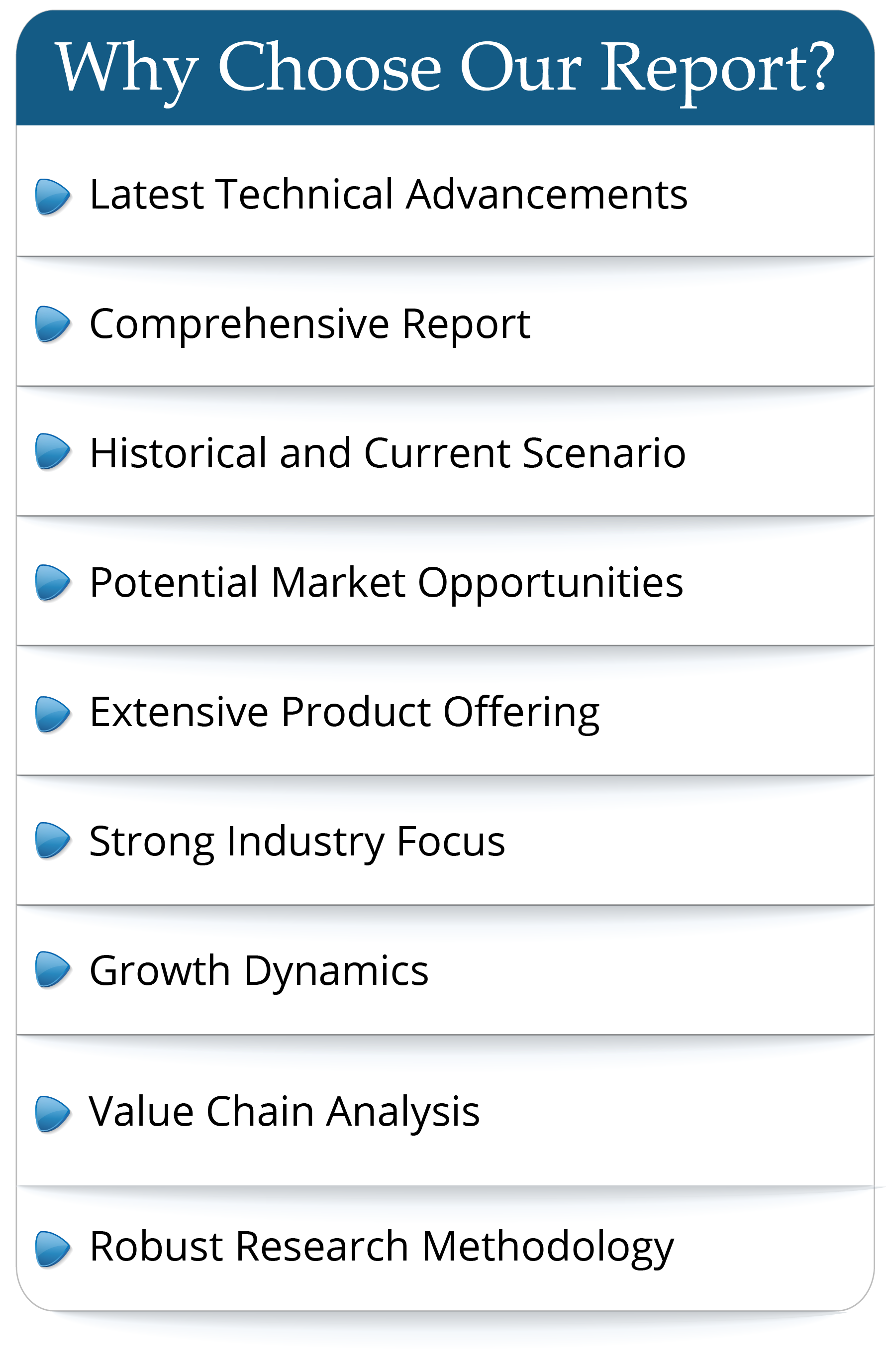Marble is a metamorphic rock that forms when limestone is subjected to the heat and pressure of metamorphism. It is composed primarily of the mineral calcite (CaCO3) and usually contains other minerals such as: clay minerals, micas, quartz, pyrite, iron oxides and graphite. Under the conditions of metamorphism the calcite in the limestone recrystallizes to form a rock that is a mass of interlocking calcite crystals.
Scope of the Report:
Marble is a metamorphic rock that forms when limestone is subjected to the heat and pressure of metamorphism. It is composed primarily of the mineral calcite (CaCO3) and usually contains other minerals such as: clay minerals, micas, quartz, pyrite, iron oxides and graphite.
The global marble market is worth over $50 Billion, according to our survey. The industry is highly fragmented in terms of products, end uses and suppliers, but its markets can broadly be categorized as construction and decoration, statuary and monuments, furniture and others. Until 2016, EU overall was the dominant producer and exporter of marble, but strong growth in emerging markets, especially in China, Pakistan and India, means that Asia is assuming dominance as a producing and exporting region. In 2016, the world production of marble reached 816 Million Sq.m. The world’s top ten natural marble producers include China, India, Iran, Turkey, Italy, Spain, Brazil, Egypt, Portugal and Greece.. Leading players in marble industry are Levantina, Polycor inc, Indiana Limestone Company, Vetter Stone, Topalidis S.A., Antolini, etc.
Marble is a highly-fragmented industry with a variety of manufacturers ranging from large multinational corporations to small privately owned companies. The top ten producers account for just c 3.76% of the market. Marble can be classified based on the color. Yellow marble is assumed to be the most prevalent kind of marble, considering the large stock of beige marble in Europe. The production of black marble, white marble and green marble are also considerable.
A key variable in the performance of marble producers is raw material costs, specifically the speed at which any increase can be passed through to customers. According to U.S. Geological Survey (USGS), stone resources of the world are sufficient to cater to foreseeable needs. Nevertheless, resources can be limited on a local level or occasionally on a regional level due to the lack of a particular type of stone. Marble resources are mainly located in Italy, China, Turkey, Philippines, France, Brazil, USA, India, Morocco, Austria, Russia, Japan, Portugal and Greece. Italy has abundant resources of high quality marble, positioning the nation as a key marble producer and exporter in the world. Turkey is located at the world’s richest natural stone Alps area. There are a mass of marble resources from Anatolia to the Thrace region. The materials of marble include marble blocks, to some companies, marble block can be satisfied with own production, while to others, marble blocks have to be purchased from other suppliers. The price of marble tile follow the marble block price, with a lag, and movements can inject volatility into producer margins. In general, most producers structure the majority of their contracts to include a ‘pass through’ clause that smooth the impact.
The largest consumption area of marble is Europe, which accounted for 29.05% of world marble consumption in 2016. The consumption of marble in USA, India and China are also considerable. The global marble production value will increase to 64 Billion USD in 2023, from 52 Billion USD in 2016. It is estimated that the global marble demand will develop with an average growth rate of around 3.01% in terms of revenue from 2106 to 2023.
The worldwide market for Marble is expected to grow at a CAGR of roughly 3.0% over the next five years, will reach 62100 million US$ in 2024, from 52000 million US$ in 2019, according to a new study.
This report focuses on the Marble in global market, especially in North America, Europe and Asia-Pacific, South America, Middle East and Africa. This report categorizes the market based on manufacturers, regions, type and application.
Market Segment by Manufacturers, this report covers
Levantina
Polycor
Indiana Limestone Company
Vetter Stone
Topalidis
Antolini
Temmer Marble
Tekmar
Pakistan Onyx Marble
Dimpomar
Mumal Marbles
Can Simsekler Construction
Mármoles Marín
Aurangzeb Marble Industry
Etgran
Amso International
Universal Marble & Granite
Best Cheer Stone Group
Fujian Fengshan Stone Group
Xiamen Wanlistone Stock
Kangli Stone Group
Hongfa
Xishi Group
Jin Long Run Yu
Xinpengfei Industry
Jinbo Construction Group
Fujian Dongsheng Stone
Guanghui
Market Segment by Regions, regional analysis covers
North America (United States, Canada and Mexico)
Europe (Germany, France, UK, Russia and Italy)
Asia-Pacific (China, Japan, Korea, India and Southeast Asia)
South America (Brazil, Argentina, Colombia etc.)
Middle East and Africa (Saudi Arabia, UAE, Egypt, Nigeria and South Africa)
Market Segment by Type, covers
White Marble
Black Marble
Yellow Marble
Red Marble
Green Marble and others
Market Segment by Applications, can be divided into
Construction and Decoration
Statuary and Monuments
Furniture
Others
The content of the study subjects, includes a total of 15 chapters:
Chapter 1, to describe Marble product scope, market overview, market opportunities, market driving force and market risks.
Chapter 2, to profile the top manufacturers of Marble, with price, sales, revenue and global market share of Marble in 2017 and 2018.
Chapter 3, the Marble competitive situation, sales, revenue and global market share of top manufacturers are analyzed emphatically by landscape contrast.
Chapter 4, the Marble breakdown data are shown at the regional level, to show the sales, revenue and growth by regions, from 2014 to 2019.
Chapter 5, 6, 7, 8 and 9, to break the sales data at the country level, with sales, revenue and market share for key countries in the world, from 2014 to 2019.
Chapter 10 and 11, to segment the sales by type and application, with sales market share and growth rate by type, application, from 2014 to 2019.
Chapter 12, Marble market forecast, by regions, type and application, with sales and revenue, from 2019 to 2024.
Chapter 13, 14 and 15, to describe Marble sales channel, distributors, customers, research findings and conclusion, appendix and data source.
Scope of the Report:
Marble is a metamorphic rock that forms when limestone is subjected to the heat and pressure of metamorphism. It is composed primarily of the mineral calcite (CaCO3) and usually contains other minerals such as: clay minerals, micas, quartz, pyrite, iron oxides and graphite.
The global marble market is worth over $50 Billion, according to our survey. The industry is highly fragmented in terms of products, end uses and suppliers, but its markets can broadly be categorized as construction and decoration, statuary and monuments, furniture and others. Until 2016, EU overall was the dominant producer and exporter of marble, but strong growth in emerging markets, especially in China, Pakistan and India, means that Asia is assuming dominance as a producing and exporting region. In 2016, the world production of marble reached 816 Million Sq.m. The world’s top ten natural marble producers include China, India, Iran, Turkey, Italy, Spain, Brazil, Egypt, Portugal and Greece.. Leading players in marble industry are Levantina, Polycor inc, Indiana Limestone Company, Vetter Stone, Topalidis S.A., Antolini, etc.
Marble is a highly-fragmented industry with a variety of manufacturers ranging from large multinational corporations to small privately owned companies. The top ten producers account for just c 3.76% of the market. Marble can be classified based on the color. Yellow marble is assumed to be the most prevalent kind of marble, considering the large stock of beige marble in Europe. The production of black marble, white marble and green marble are also considerable.
A key variable in the performance of marble producers is raw material costs, specifically the speed at which any increase can be passed through to customers. According to U.S. Geological Survey (USGS), stone resources of the world are sufficient to cater to foreseeable needs. Nevertheless, resources can be limited on a local level or occasionally on a regional level due to the lack of a particular type of stone. Marble resources are mainly located in Italy, China, Turkey, Philippines, France, Brazil, USA, India, Morocco, Austria, Russia, Japan, Portugal and Greece. Italy has abundant resources of high quality marble, positioning the nation as a key marble producer and exporter in the world. Turkey is located at the world’s richest natural stone Alps area. There are a mass of marble resources from Anatolia to the Thrace region. The materials of marble include marble blocks, to some companies, marble block can be satisfied with own production, while to others, marble blocks have to be purchased from other suppliers. The price of marble tile follow the marble block price, with a lag, and movements can inject volatility into producer margins. In general, most producers structure the majority of their contracts to include a ‘pass through’ clause that smooth the impact.
The largest consumption area of marble is Europe, which accounted for 29.05% of world marble consumption in 2016. The consumption of marble in USA, India and China are also considerable. The global marble production value will increase to 64 Billion USD in 2023, from 52 Billion USD in 2016. It is estimated that the global marble demand will develop with an average growth rate of around 3.01% in terms of revenue from 2106 to 2023.
The worldwide market for Marble is expected to grow at a CAGR of roughly 3.0% over the next five years, will reach 62100 million US$ in 2024, from 52000 million US$ in 2019, according to a new study.
This report focuses on the Marble in global market, especially in North America, Europe and Asia-Pacific, South America, Middle East and Africa. This report categorizes the market based on manufacturers, regions, type and application.
Market Segment by Manufacturers, this report covers
Levantina
Polycor
Indiana Limestone Company
Vetter Stone
Topalidis
Antolini
Temmer Marble
Tekmar
Pakistan Onyx Marble
Dimpomar
Mumal Marbles
Can Simsekler Construction
Mármoles Marín
Aurangzeb Marble Industry
Etgran
Amso International
Universal Marble & Granite
Best Cheer Stone Group
Fujian Fengshan Stone Group
Xiamen Wanlistone Stock
Kangli Stone Group
Hongfa
Xishi Group
Jin Long Run Yu
Xinpengfei Industry
Jinbo Construction Group
Fujian Dongsheng Stone
Guanghui
Market Segment by Regions, regional analysis covers
North America (United States, Canada and Mexico)
Europe (Germany, France, UK, Russia and Italy)
Asia-Pacific (China, Japan, Korea, India and Southeast Asia)
South America (Brazil, Argentina, Colombia etc.)
Middle East and Africa (Saudi Arabia, UAE, Egypt, Nigeria and South Africa)
Market Segment by Type, covers
White Marble
Black Marble
Yellow Marble
Red Marble
Green Marble and others
Market Segment by Applications, can be divided into
Construction and Decoration
Statuary and Monuments
Furniture
Others
The content of the study subjects, includes a total of 15 chapters:
Chapter 1, to describe Marble product scope, market overview, market opportunities, market driving force and market risks.
Chapter 2, to profile the top manufacturers of Marble, with price, sales, revenue and global market share of Marble in 2017 and 2018.
Chapter 3, the Marble competitive situation, sales, revenue and global market share of top manufacturers are analyzed emphatically by landscape contrast.
Chapter 4, the Marble breakdown data are shown at the regional level, to show the sales, revenue and growth by regions, from 2014 to 2019.
Chapter 5, 6, 7, 8 and 9, to break the sales data at the country level, with sales, revenue and market share for key countries in the world, from 2014 to 2019.
Chapter 10 and 11, to segment the sales by type and application, with sales market share and growth rate by type, application, from 2014 to 2019.
Chapter 12, Marble market forecast, by regions, type and application, with sales and revenue, from 2019 to 2024.
Chapter 13, 14 and 15, to describe Marble sales channel, distributors, customers, research findings and conclusion, appendix and data source.
Frequently Asked Questions
This market study covers the global and regional market with an
in-depth analysis of the
overall growth prospects...
- By product type
- By End User/Applications
- By Technology
- By Region
The report provides a detailed evaluation of the market by
highlighting information on
different aspects including drivers, restraints...

 Pre-order Enquiry
Pre-order Enquiry Download Free Sample
Download Free Sample












